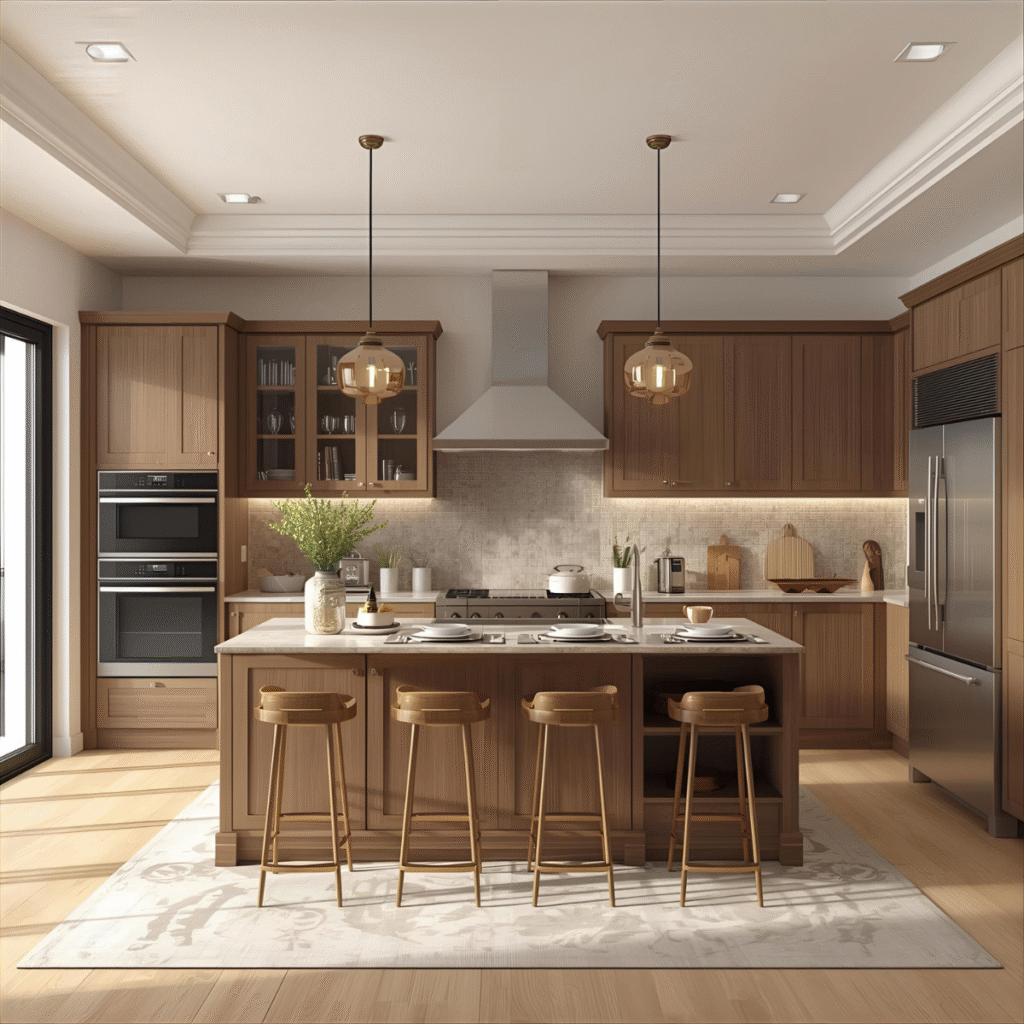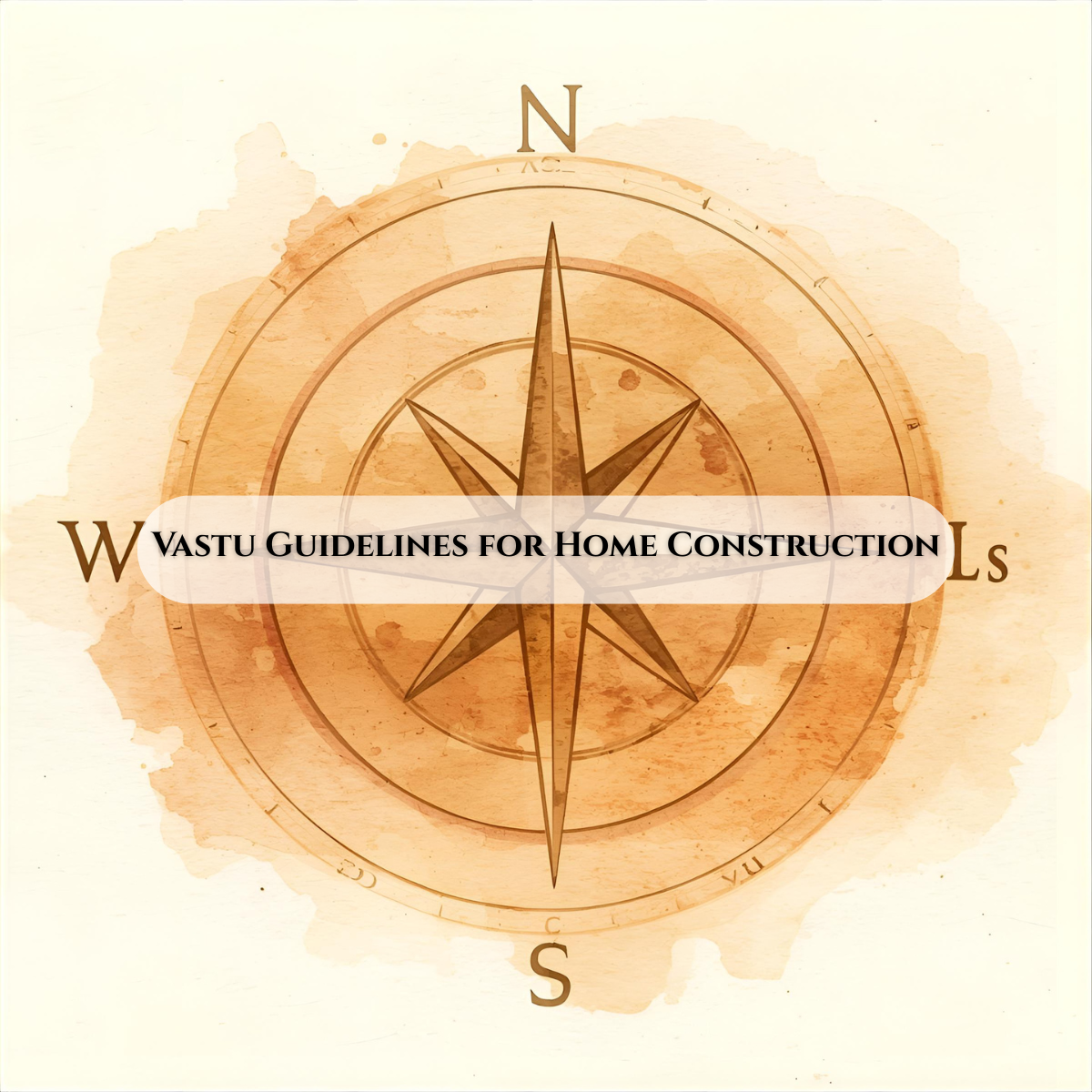Building a home is one of the most significant investments in life, and ensuring it brings peace, prosperity, and positivity is essential. This is where Vastu Guidelines for Home Construction come into play. By following these principles, homeowners can design spaces that align with natural forces, promote health, wealth, and harmony, and create a balanced environment.
In this guide, we will explore comprehensive Vastu Guidelines for home construction, including tips for each room, directions, plot selection, and modern adaptations.
What Are Vastu Guidelines for Home Construction?
Vastu Guidelines for Home Construction are traditional Indian architectural principles based on the science of directions, natural energies, and the five elements – Earth, Water, Fire, Air, and Space. These guidelines aim to create a home that balances energy flow, supports well-being, and brings prosperity.
Alternate terms such as home Vastu, Vastu rules, Vastu principles, and Vastu tips all refer to the same goal – creating an energy-positive environment in your house.
Importance of Vastu Guidelines in Home Construction
Following Vastu Guidelines for Home Construction ensures:
- Positive Energy Flow: Proper placement of rooms and entrances allows energy to circulate freely.
- Health and Well-being: Vastu principles ensure adequate ventilation, sunlight, and alignment with natural forces.
- Prosperity and Wealth: Vastu-compliant homes can attract financial stability and career growth.
- Harmony in Relationships: Correct room placement promotes peace and understanding among family members.
- Protection and Security: Homes built according to Vastu are believed to safeguard residents from negativity.

Key Vastu Guidelines for Home Construction
Here are the essential Vastu Guidelines every homeowner should follow:
1. Plot Selection
- The plot should be square or rectangular for optimal energy balance.
- Avoid plots near graveyards, temples, hospitals, or industries as they may bring negative energy.
- The north and east directions should be higher than the south and west for prosperity.
Ensure the plot has a regular shape without cuts or extensions.
2. Entrance and Main Door
- The main entrance is critical in Vastu Guidelines as it allows energy to enter the house.
- North-east and east directions are considered ideal for the main door.
- Avoid main doors facing south-west, as it may attract financial or health problems.
Use heavy wooden doors with positive symbols for enhanced energy.
3. Living Room Vastu
- The living room should ideally be in the north, east, or north-east direction.
- Ensure good ventilation and natural sunlight in the living area.
Furniture placement should allow free movement and avoid blocking corners.
4. Kitchen Vastu
- The kitchen should be in the south-east corner (Agni or fire element direction).
- Cooking should ideally be done facing east.
- Avoid placing the kitchen under staircases or bathrooms.
Ensure proper storage and clean, clutter-free space in line with Vastu Guidelines.
5. Bedroom Vastu
- Master bedroom: south-west direction.
- Children’s bedroom: west or north-west.
- Guest bedroom: north-west.
Keep the bed away from walls with doors and avoid mirrors facing the bed.
6. Bathroom and Toilet Vastu
- Bathrooms should be in the north-west or south-east.
- Avoid bathrooms in the north-east or center of the house.
Ensure proper drainage and ventilation to maintain positive energy flow.
7. Study Room Vastu
- Place the study room in the north or east direction.
- Students should face east or north while studying.
Keep the room clutter-free and well-lit, aligning with Vastu principles for better concentration.
8. Pooja Room Vastu
- The pooja room should be in the north-east corner of the house.
- Keep it elevated and clean at all times.
- Avoid placing the pooja room in bathrooms or kitchens
9. Staircase Vastu
- Staircases should ideally be in the south or west direction.
Avoid placing stairs in the center or north-east, as it blocks positive energy flow.
Modern Adaptation of Vastu Guidelines
While traditional Vastu Guidelines are important, modern architecture allows flexibility:
- Use Vastu-compliant layouts in apartments with limited directions.
- Incorporate natural lighting, ventilation, and open spaces to balance energy.
Use mirrors, colors, and furniture placement to correct minor Vastu defects.
Common Mistakes to Avoid
- Ignoring the main entrance direction.
- Placing the kitchen or bathroom in the north-east corner.
- Bedrooms in the north-east or south-east instead of recommended directions.
- Cluttered or unbalanced spaces disrupting energy flow.
- Overlooking sunlight, ventilation, and open spaces in modern homes.
Following Vastu Guidelines for Home Construction carefully helps avoid these mistakes and ensures a harmonious living space.
Tips to Implement Vastu Guidelines Effectively
- Consult a Vastu expert before finalizing the layout.
- Combine Vastu principles with modern architecture for practicality.
- Focus on north-east, east, and north directions for positive energy.
- Maintain cleanliness, natural light, and clutter-free spaces.
Use colors and materials that complement the elements: water (blue), fire (red), earth (brown), air (green), space (white).
Conclusion
Implementing Vastu Guidelines for Home Construction is more than superstition—it’s a holistic approach to designing a home that balances natural energies, enhances well-being, and brings prosperity. From plot selection to room placement, furniture arrangement, and open spaces, every aspect contributes to energy harmony.
By following these Vastu Guidelines, homeowners can ensure:
- Health and peace for family members
- Wealth and prosperity
- Positive and harmonious relationships
- Protection from negative energies
For anyone planning a new home or renovation, adhering to Vastu Guidelines and incorporating modern adaptations can create a balanced, positive, and thriving home environment.
